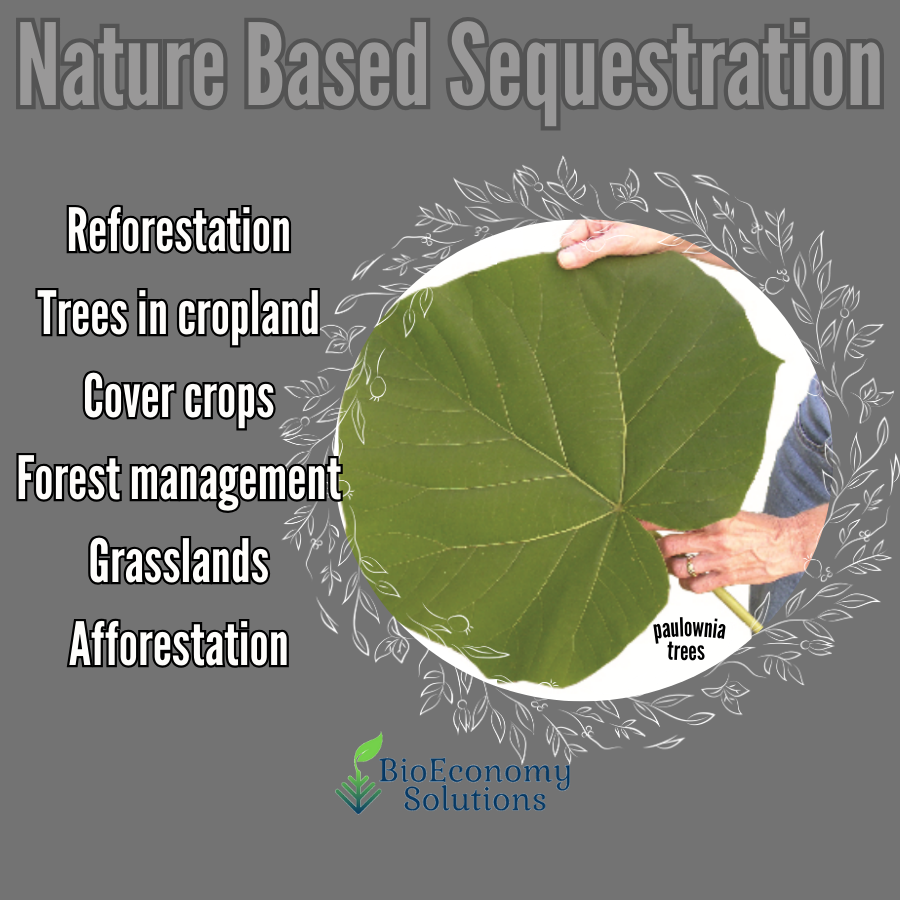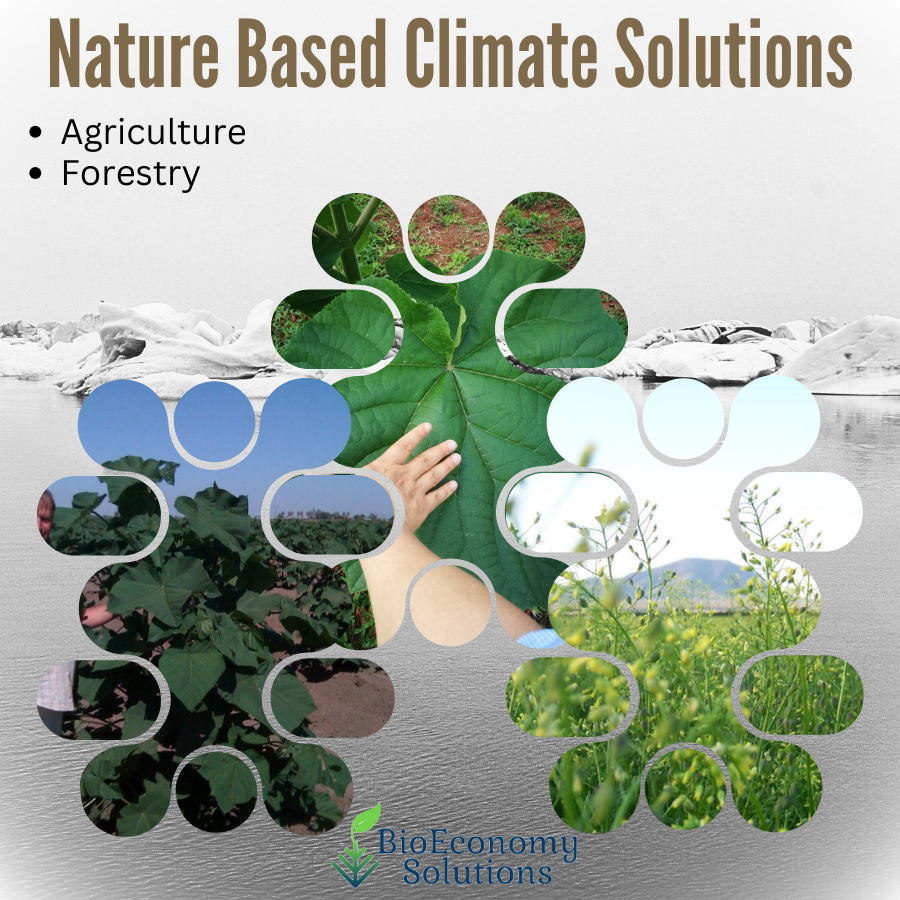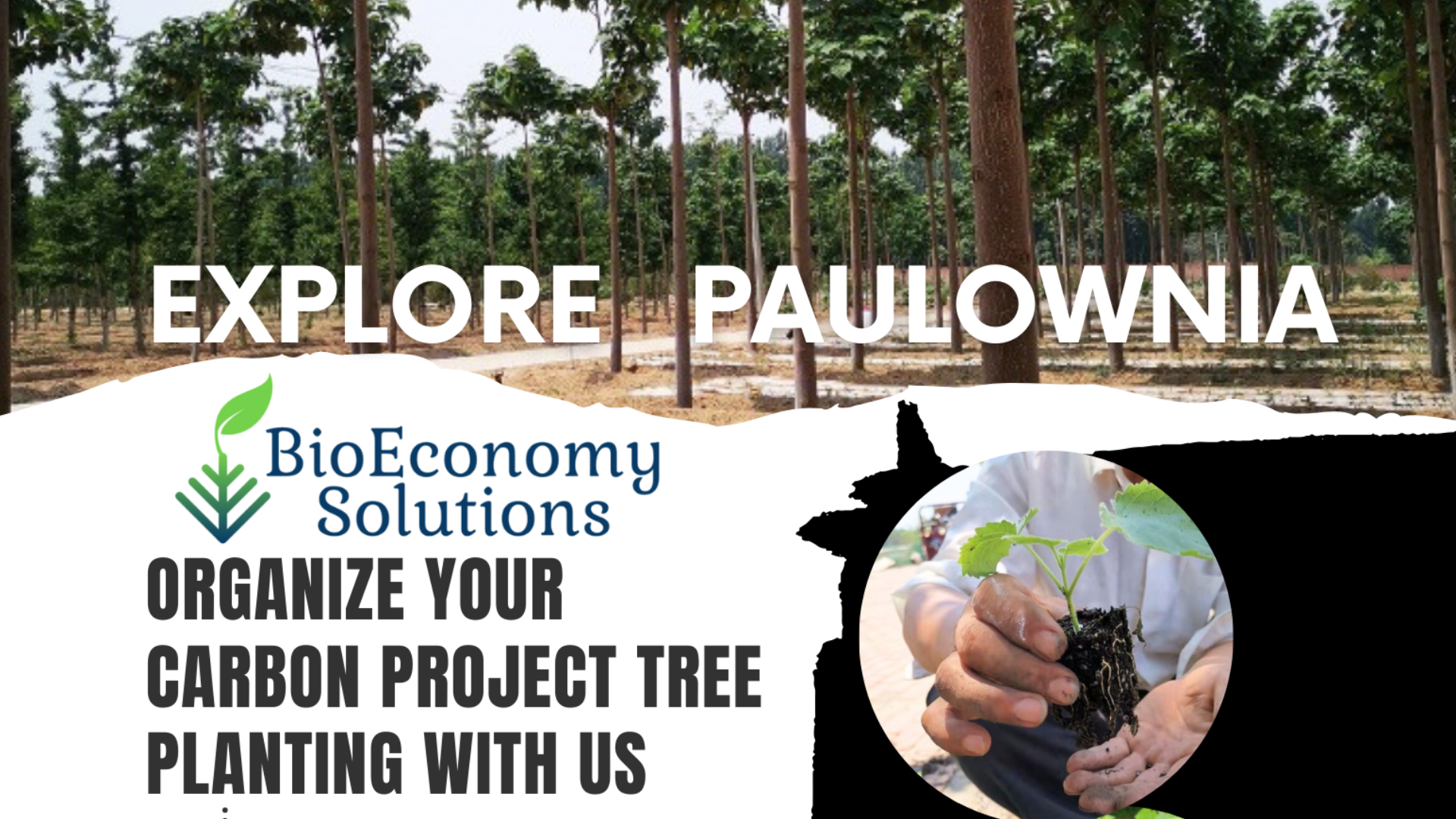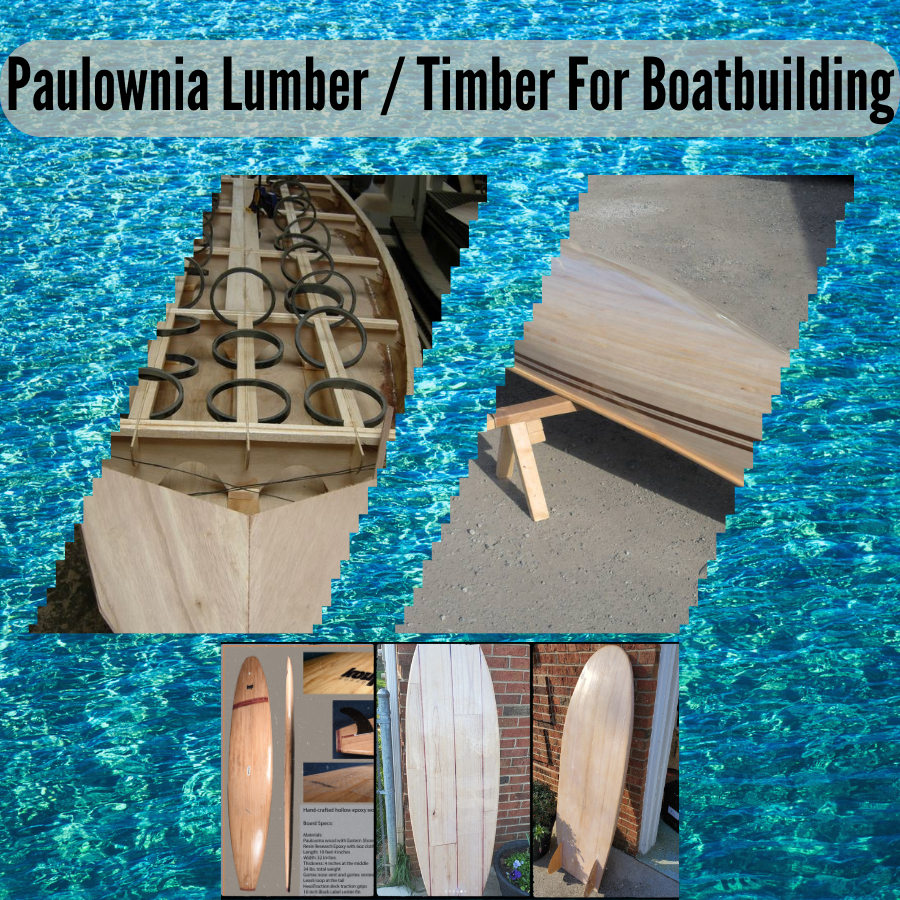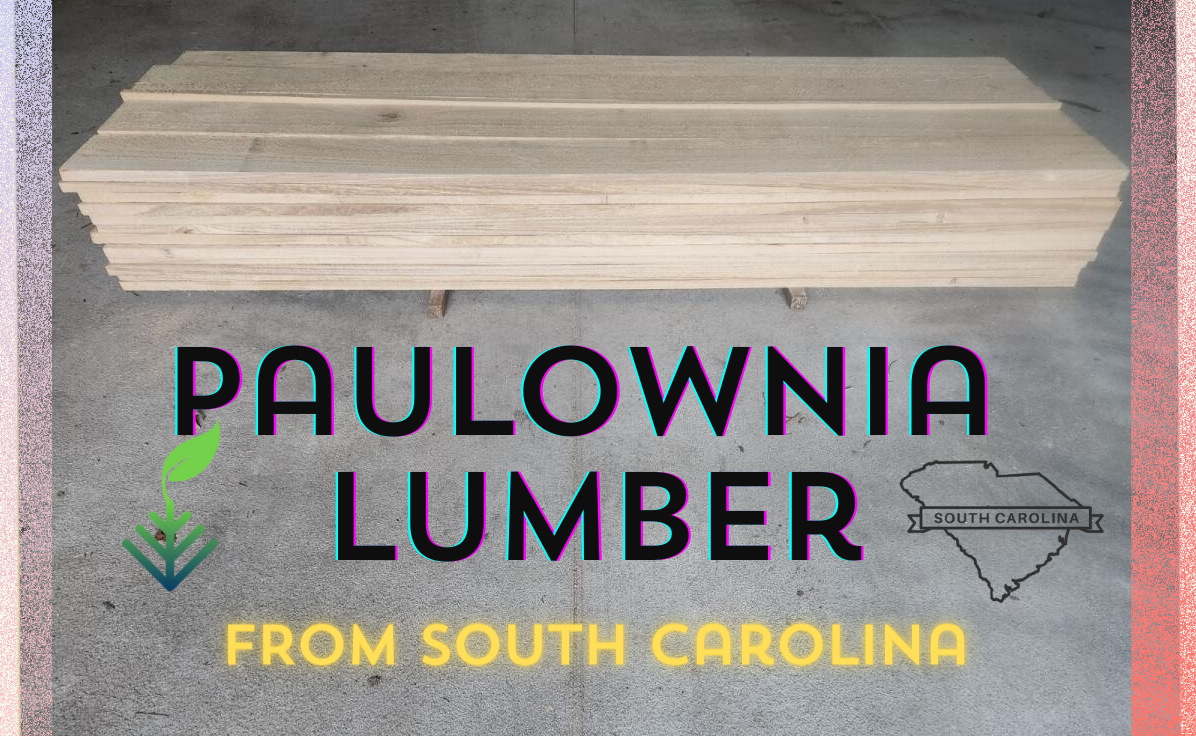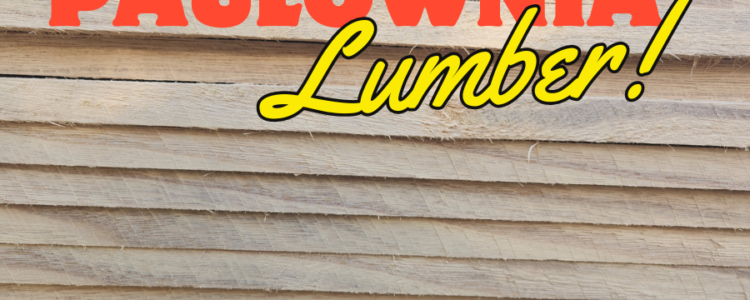Learning How to Build a Hollow Wood Surfboard
Have you ever thought of shaping your own DIY surfboard? Making a classic surfboard out of solid timber or Hollow Wood Surfboard Kits?
For those builders who are interested in creating their own wooden surfboard, the time has never been better as a number of resources are available on line now.

If you don’t already have the experience of how to build a hollow wood surfboard you can access YouTube University free of cost and even obtain hollow wood surfboard kit plans free online as well.
You can learn how to build a hollow wood or solid wood surfboard from these resources:
RESOURCES
Surfboard Workshop & Plans – https://davidweber.com.br/en
Hollow Wood Surfboard Kits – https://jarvisboards.com
How to Build a Hollow Wood Surfboard – https://www.scribd.com/document/482881578/Hollow-Wooden-Surfboard-Instructions
Forum For Builders – https://forum.swaylocks.com
Next you will want to know what kind of wood is used to make a surfboard?
Have you considered Paulownia Hardwood lumber? Do You Know USA Paulownia Trees?🌲 Beautifully grained, water resistant and feather light, Paulownia has it all!
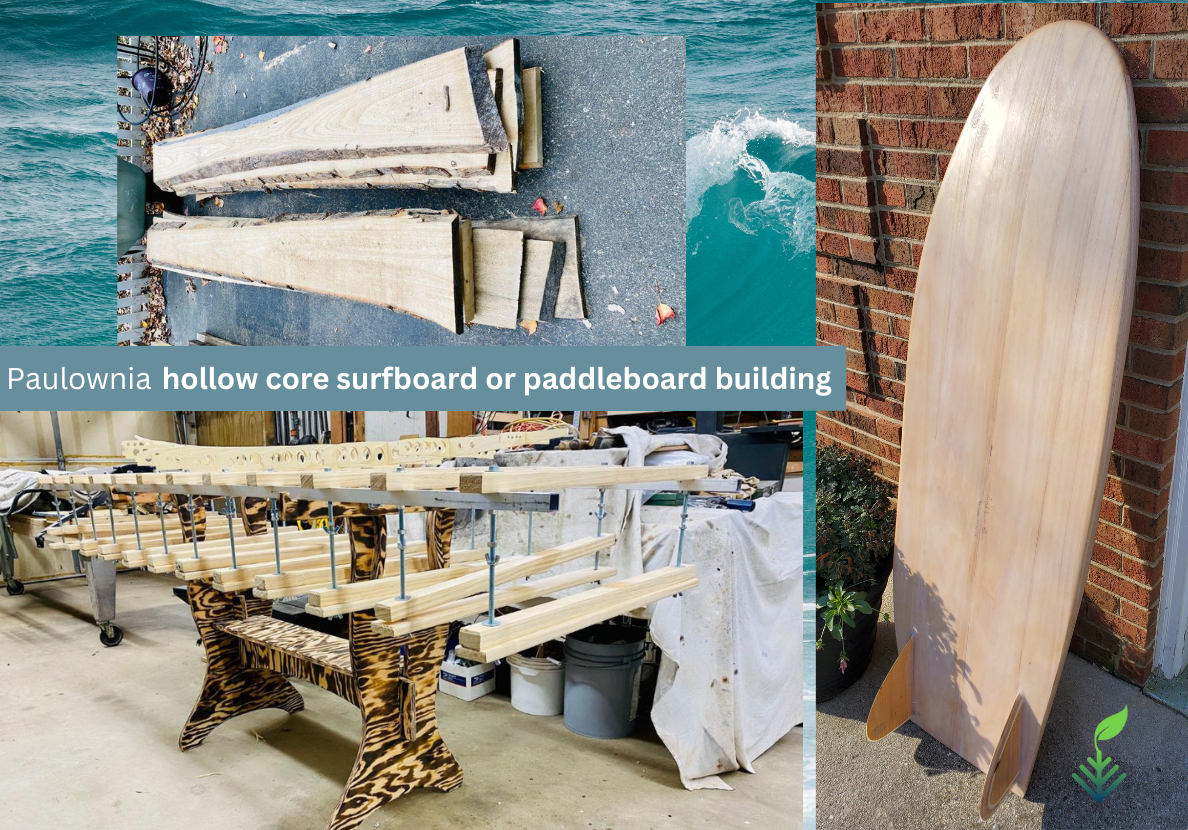 Weather you are a hobbyist or full time manufacturing company, paulownia wood grown in South Carolina USA may be a new expression of your talent.
Weather you are a hobbyist or full time manufacturing company, paulownia wood grown in South Carolina USA may be a new expression of your talent.
You will discover that paulownia wood is the “Light Strong Alternative Wood” used in many processes to obtain many varied products.
Thanks to its limited absorption of moisture and has the absence of knots and veins. Paulownia wood can be used in the production of surfboards, stand up paddle boards (SUP), skis, snowboards, saunas, but also in shipbuilding (sailing boats) and aeronautics.
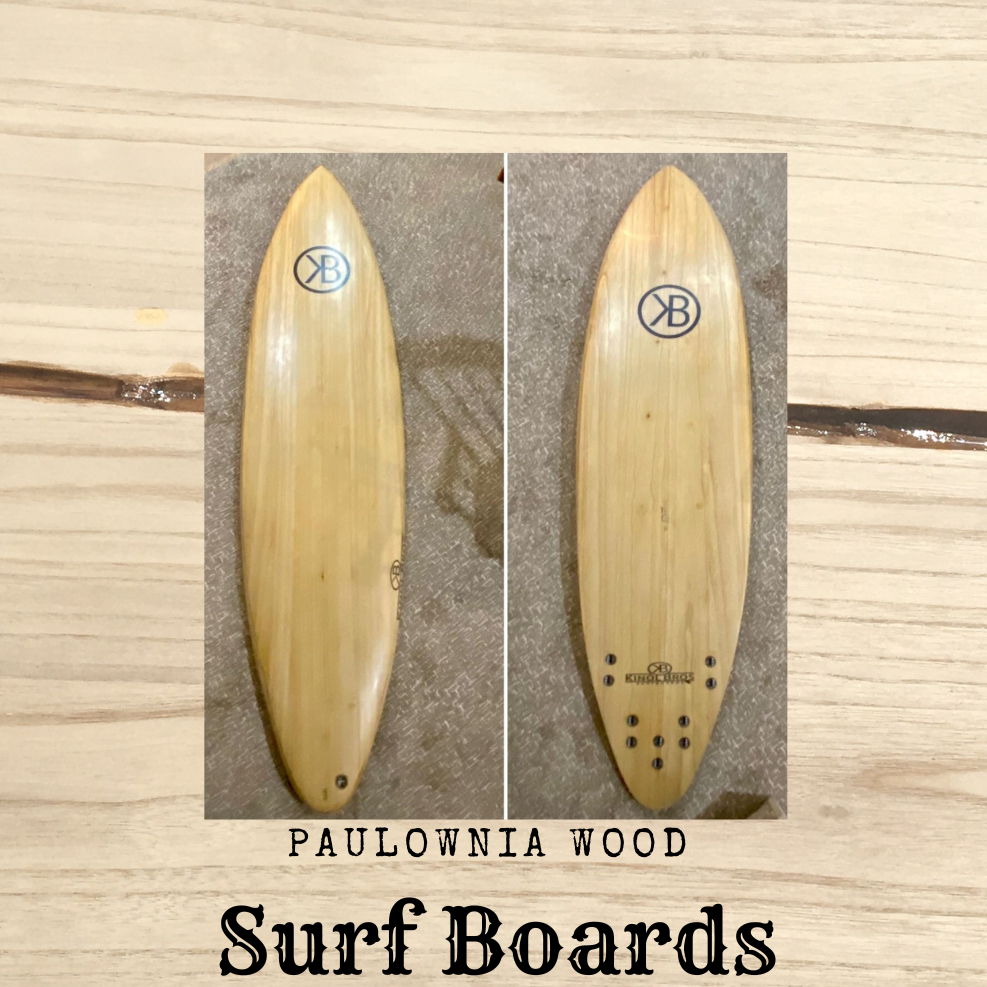
Properties of Paulownia Timber
Why consider paulownia? flexibility & weight – Paulownia is a very light timber. At a dry density of around 280 kg/m³ Paulownia is lighter than most common timbers. Density comparisons are Western Red Cedar (340), Meranti (580), Pine (500), Teak (750), Robinia (750).
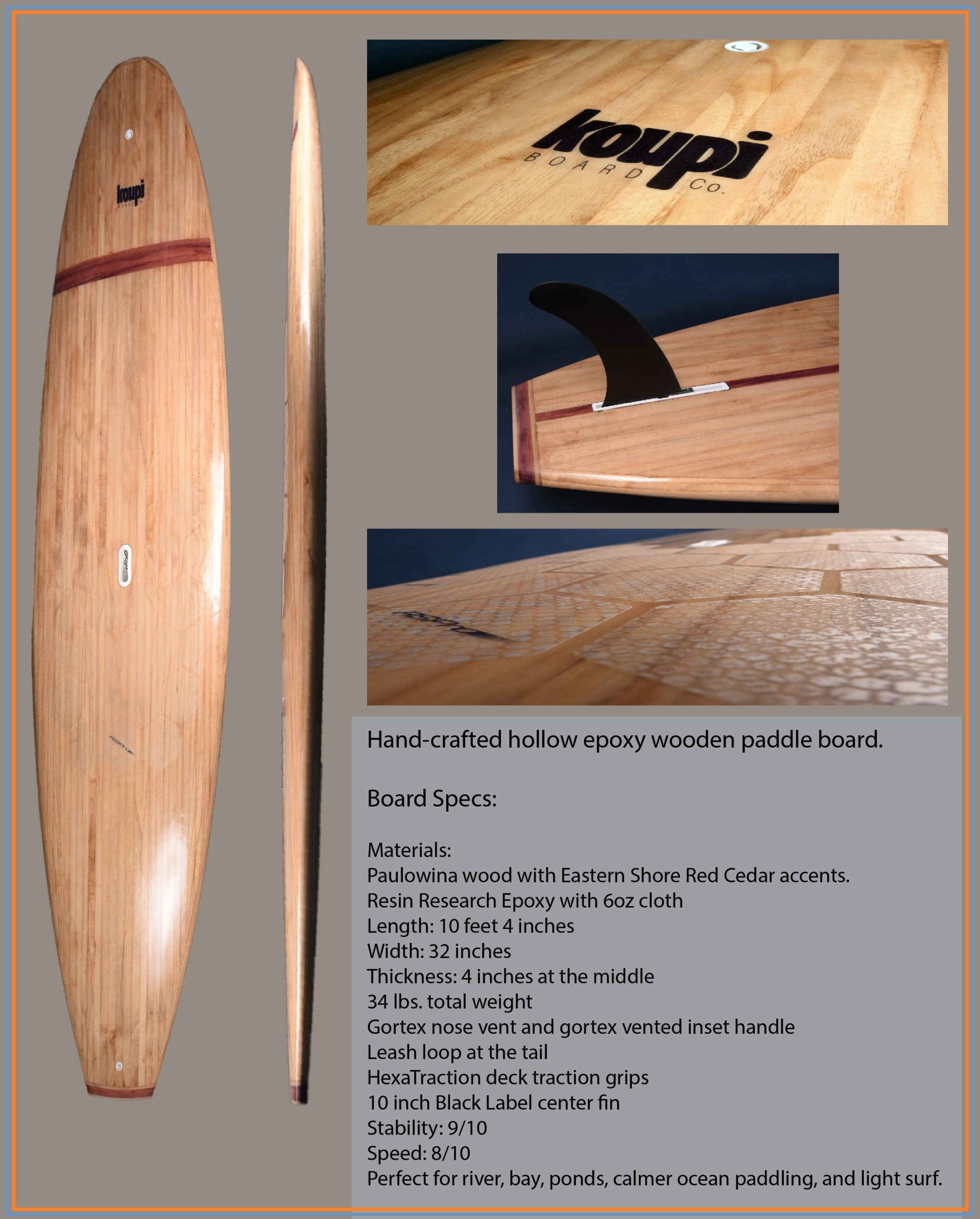
USA Paulownia Hardwood Lumber For Sale – https://bioeconomysolutions.com/paulownia-lumber/
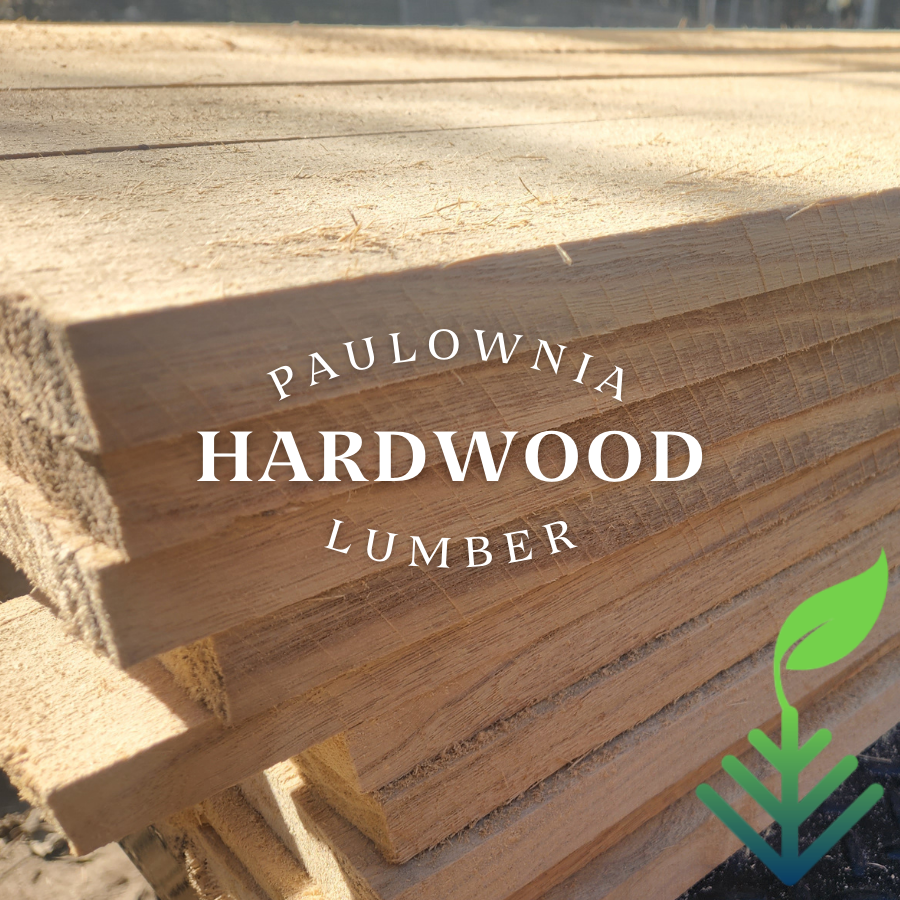
LEARN MORE
Visit us at: https://bioeconomysolutions.com/paulownia-lumber/ Let’s chat about paulownia hardwood lumber for your next project.
Where to buy paulownia?
We’re providing USA paulownia lumber from our South Carolina Paulownia tree farm facility.
Contact Us for details. Office: 843.305.4777 | Email: mail@bioeconomysolutions.com Here’s a link to our online calendar, schedule a conference call with us: www.bioeconomysolutions.com/bookcall
LIKE|SHARE|COMMENT
FOLLOW US
Instagram – https://www.instagram.com/bioeconomysolutions/
Facebook – https://www.facebook.com/profile.php?id=61554918155254
If you liked this article… you may also like this one
hollow wood surfboard
hollow wood surfboard blanks
hollow wood surfboard kits
hollow wood surfboard plans
hollow wood surfboard template maker
hollow wood surfboard plans free
hollow wood surfboard weight
hollow wood surfboard kits USA
balsa surfboard kit
balsa surfboard shaping kits
wood surfboard supply hollow surfboard kits
How to Build a Hollow Wood Surfboard
DIY surfboard kit building supplies
stand up paddle board SUP
How to build a hollow wood surfboard?
What are hollow surfboards made of?
Can you build a surfboard out of wood?
What kind of wood is used to make a surfboard?
How do you make a homemade surfboard?
shaper supply, surfboard kit, wood surfboard, wood longboard, long board, wood long board kit, how to build a wood longboard, paulownia, balsa, surfboards, DIY surfboard kit
#cedar #chinesecedar #paulownia #paulowniatree #paulowniawood #paulowniatimber #kiri #kiriwood #kirilumber #kiritree #empresstree #paulowniaveneer #woodveneer #southcarolina #kiritimber #paulowniafurniture #USApaulowniawood #paulownialumber #paulowniatrees #megafloratrees #bioeconomy #investing



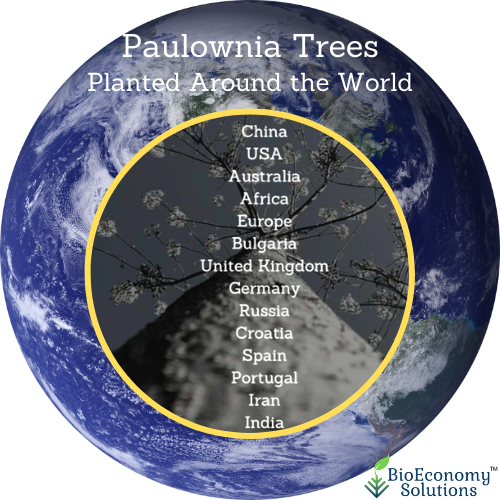

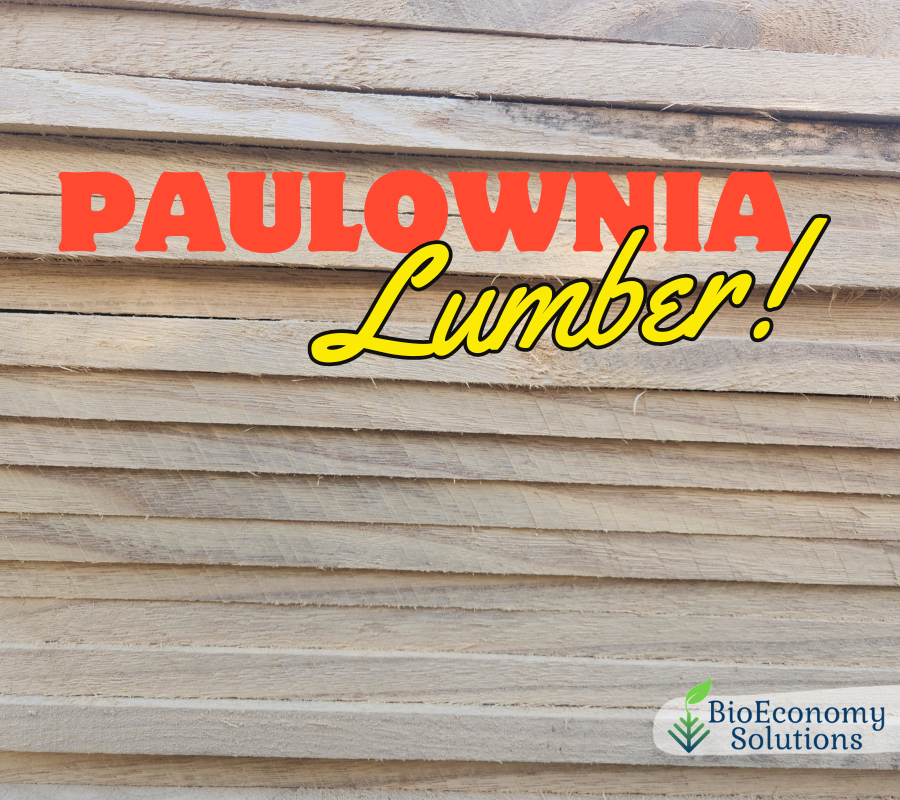
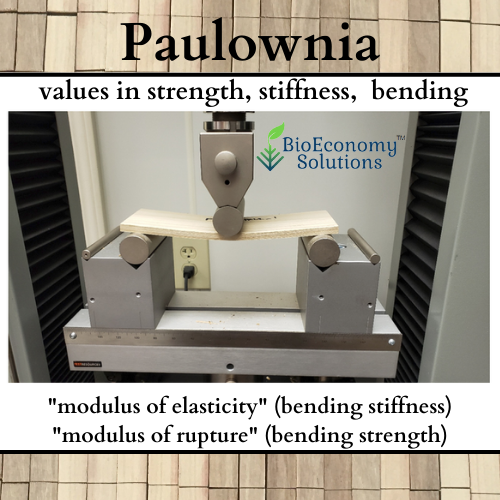
 Where to buy paulownia? We’re providing paulownia lumber from our U.S. South Carolina Paulownia tree farm facility.
Where to buy paulownia? We’re providing paulownia lumber from our U.S. South Carolina Paulownia tree farm facility.
